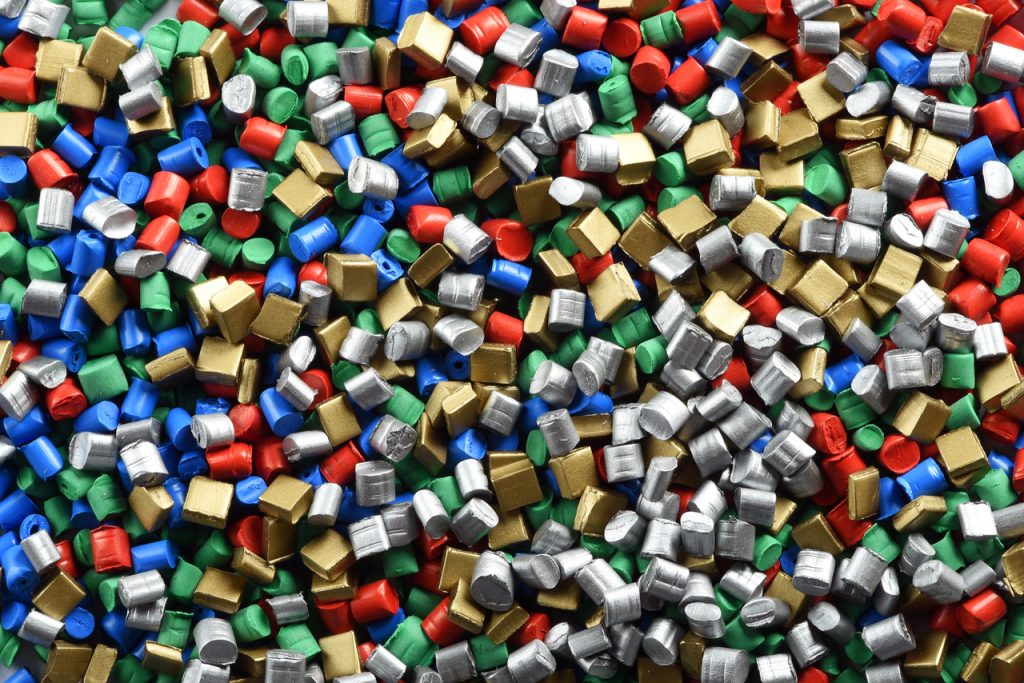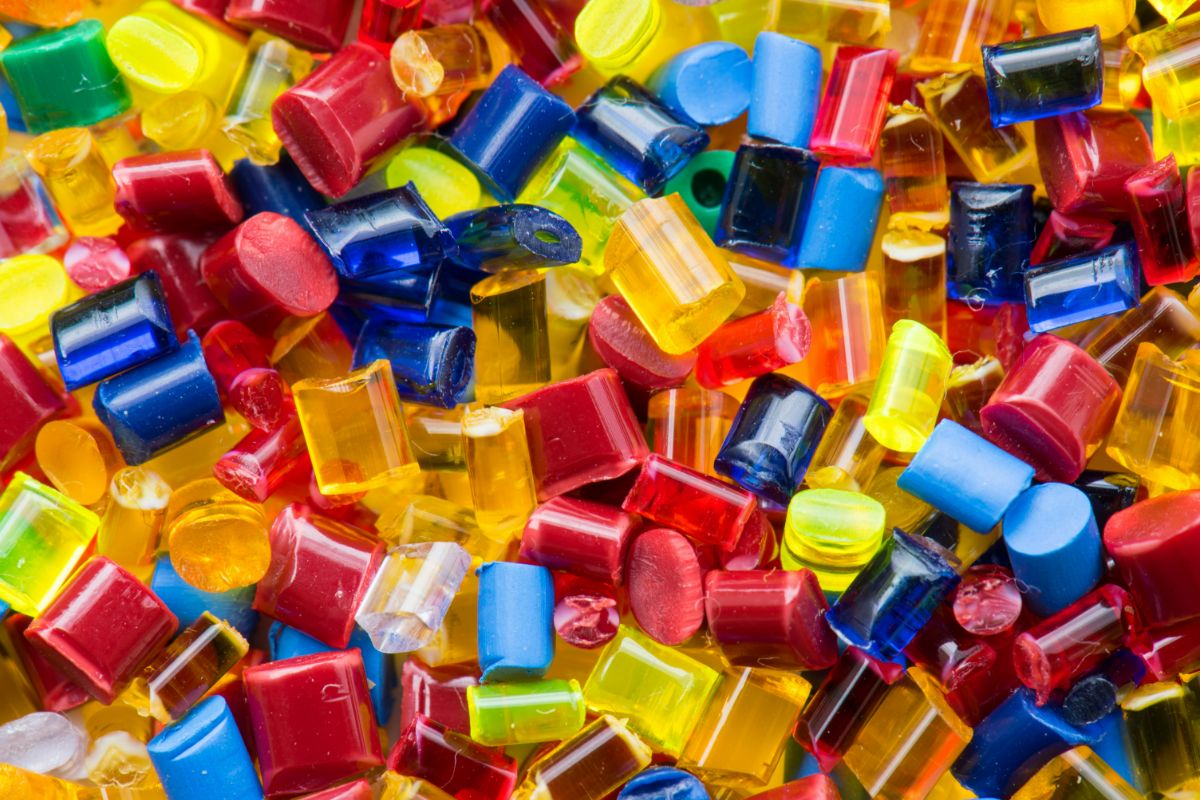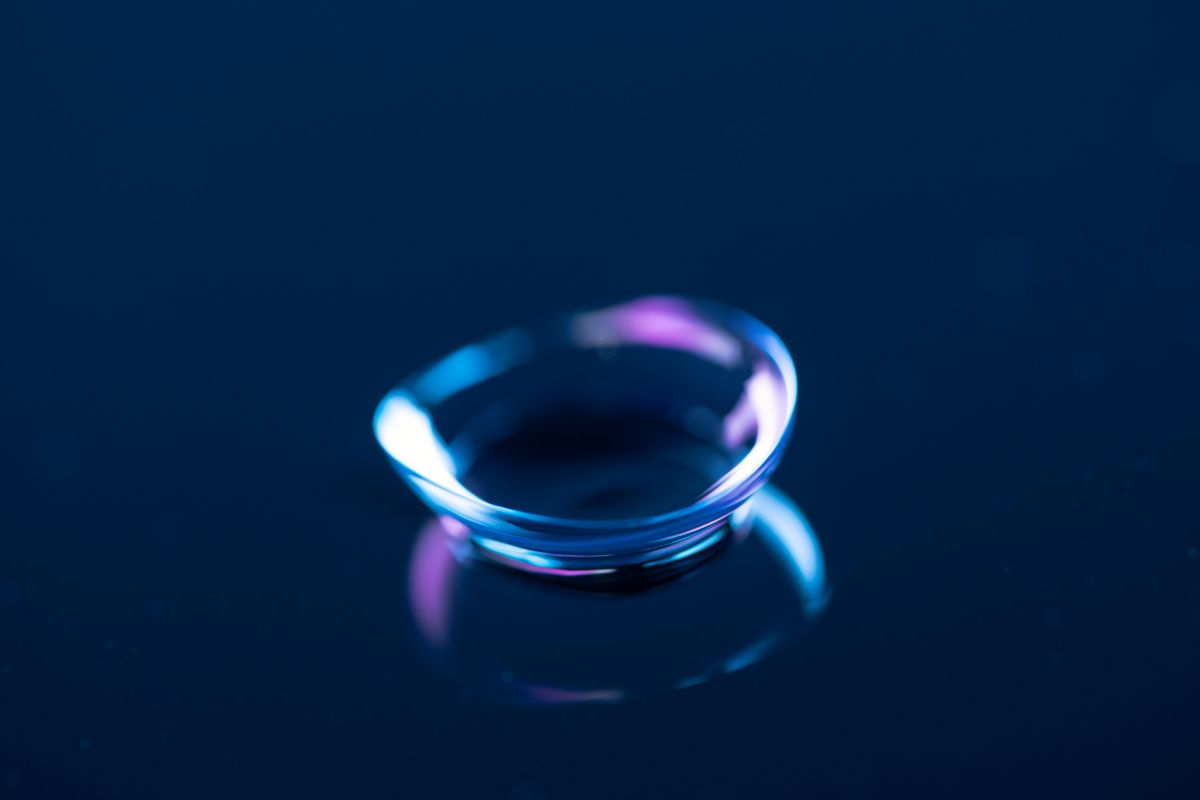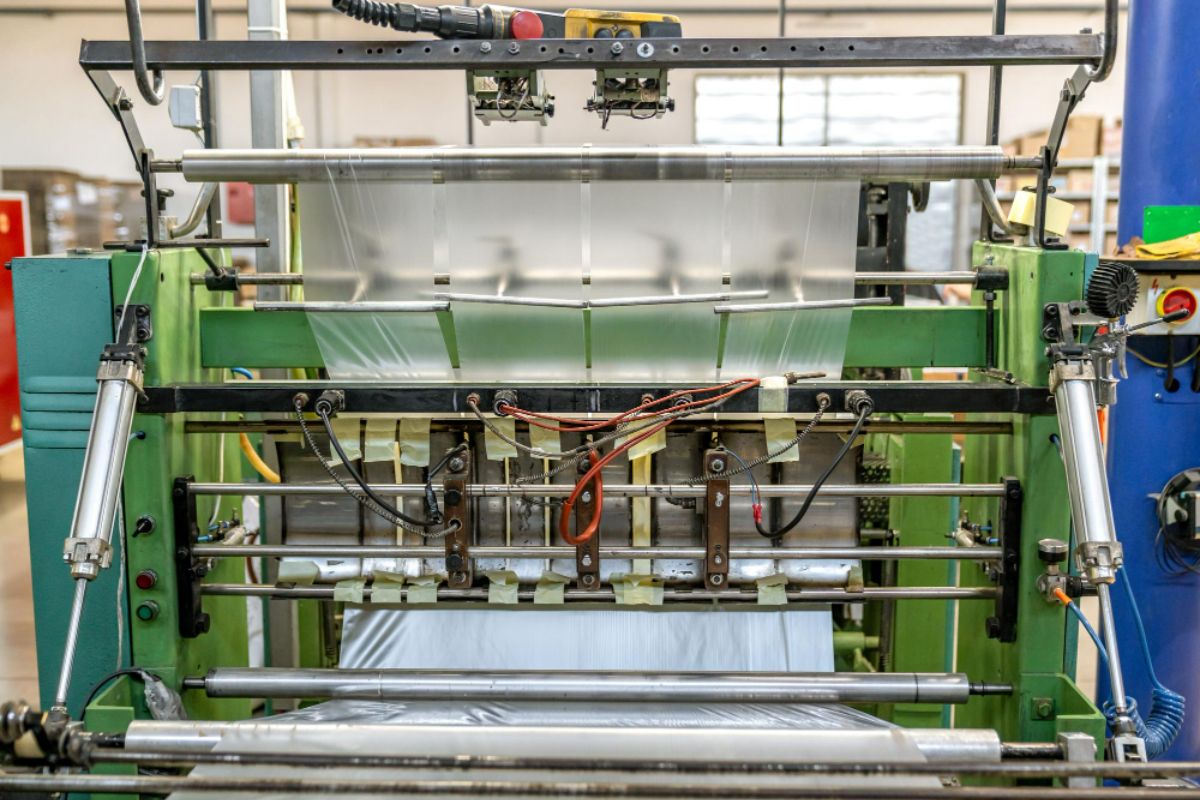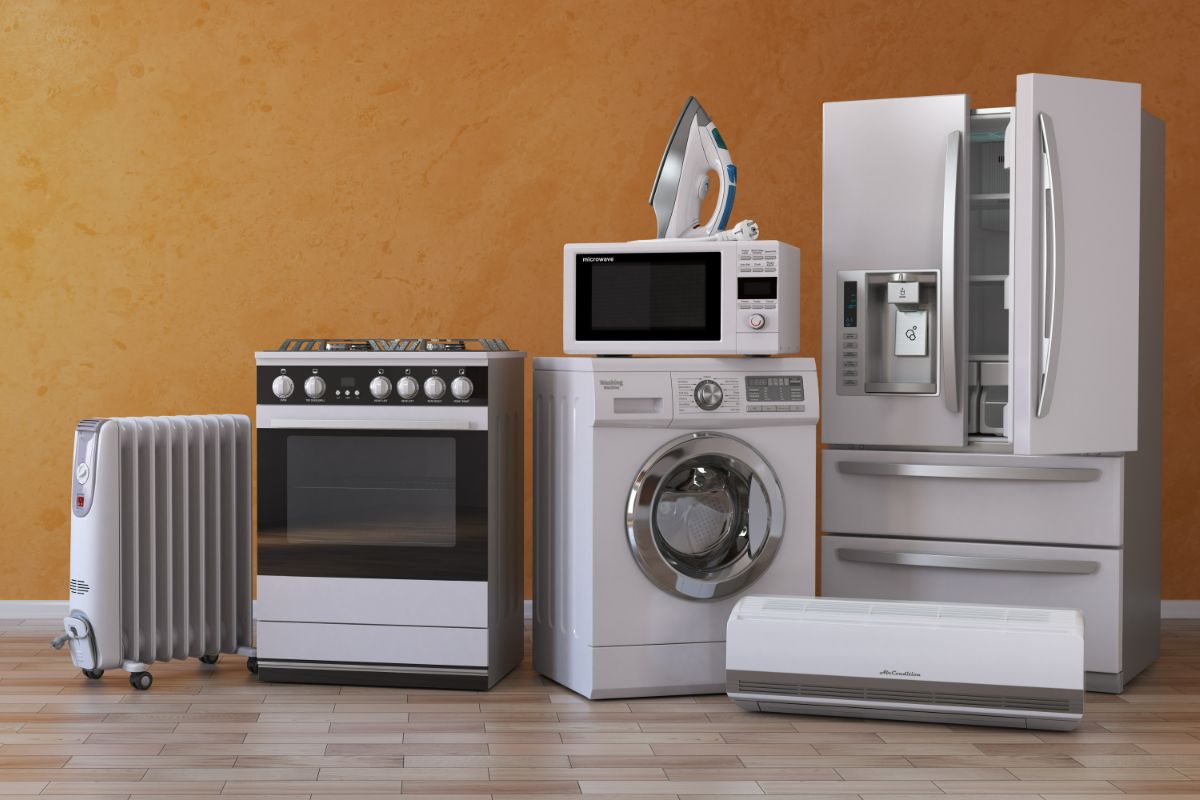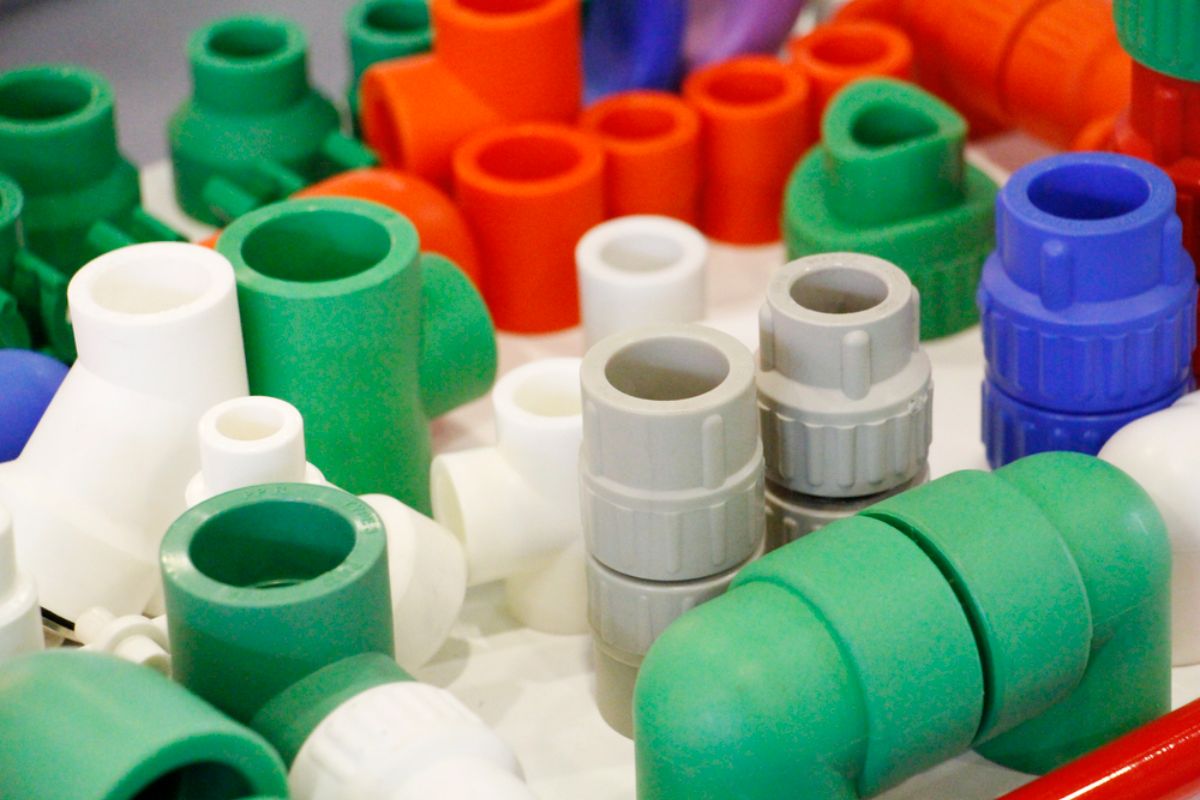What are the differences between injection molding and extrusion?
- Raw materials
- Procedure
- Cost
- Application
- Surface finish
In plastic manufacturing, choosing between injection molding vs. extrusion can be a tricky one. Both production methods are capable of producing high-quality plastic products that can be distributed in the wider market. However, many of the differences lie in the method, cost, procedure, lead times, and complexity of designs.
If you’re thinking of coming up with a model or design, it may be worth looking into which of these two methods may be more suitable. Read on to find out more.
Raw Materials
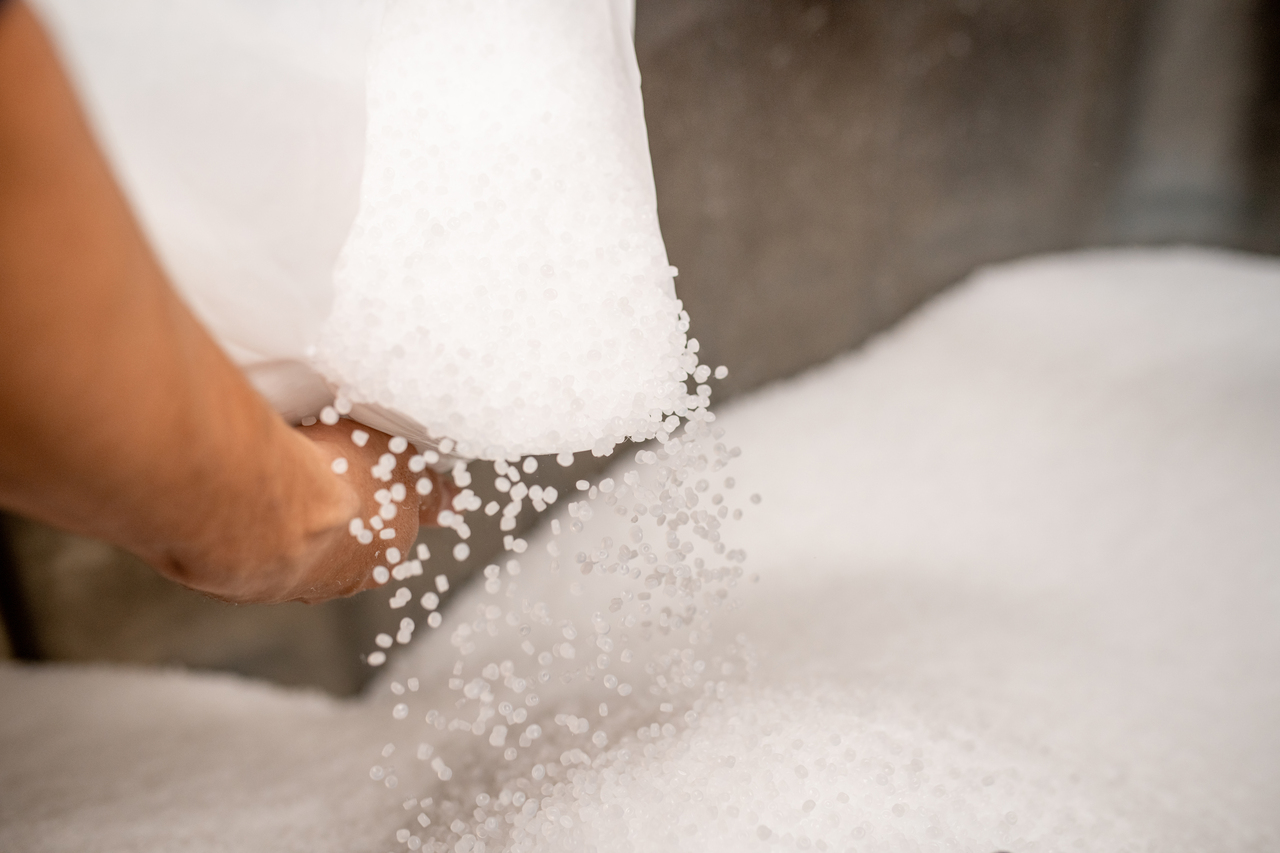
Both injection molding and extrusion make use of raw materials that usually come in the form of pellets. These raw materials not only define the shape of the product, but they also determine its quality.
For injection molding, manufacturers use different types of plastic or polymer resins. Some of the raw materials include polycarbonate, nylon, acrylic, polyoxymethylene, ABS, polypropylene, and polyethylene, among others.
The raw materials used in the plastic extrusion process, on the other hand, are comparable to that of injection molding: ABS, clear acrylic, polypropylene, polyurethane, PVC, thermoplastic rubber, or thermoplastic elastomer.
One thing you should note is that these processes aren’t limited by the ingredients mentioned above. Manufacturers are always open to suggestions from the customer about the kind of raw materials that they want for their plastic model. Customers only need to coordinate with the manufacturer to see which ingredient is suitable for the model they want.
Procedure
The procedures for plastic injection molding and extrusion are defined by the components used in the process. As mentioned before, both of these involve the use of plastic pellets that are heated in order to make them more malleable for shaping, cutting, and further processing.
The plastic extrusion process usually starts off with the preparation of the plastic extrusion machine. Major components of the machine include plastic pellets, hoppers, barrels, screw drive motors, and die tooling. Here’s how it works:
- First, the pellets are fed into the hopper before being transferred into the barrel.
- As the pellets are moved about the barrel, they are heated in temperature ranges of 204 to 276 degrees Celsius. The screw drive motor is continuously rotating to move the molten pellets towards the die.
- The pellets are conveyed to a feed pipe before pressure is applied to force them towards the die. The molten material is then brought to the cross-section of the die, where they’re left to cool.
Meanwhile, an injection molding machine usually consists of the following major components: an injection unit, mold assembly, and a hydraulic-powered clamping unit. This method starts off similarly to the extrusion process, in that the pellets are first fed into the hopper and rotated by the screw motor.
- After being transferred to the hopper, the pellets are gradually softened and molten before being injected into the mold. This method requires the consistent application of pressure and temperature to ensure that the consistency of the material remains the same throughout the process.
- The mold cavity is a two-part component that consists of the upper and lower parts. Once the molten material has been injected into the mold, it’s left to cool and solidify.
- The resulting product is ejected from the machine as the clamping unit is released. The cycle begins again once additional resin pellets are added to the unit.
Cost

You might have several considerations as to the kind of plastic manufacturing method that you’ll want to use — cost is one of them.
Generally, the injection molding process is a much more expensive investment. One of the main drivers behind it is that this method can produce complex shapes of plastic with varying dimensions. However, injection molding is cost-effective when it comes to the production of a higher volume of plastic products.
Although the extrusion process may initially be cheaper, manufacturers face limitations regarding the process. The molds are only capable of forming two-dimensional shapes that are oftentimes lacking in volume, unlike in injection molding.
Application
There is a wide range of products that can be produced as a result of injection molding. In fact, if you look at any plastic product in your house, there’s a high chance that it has been manufactured through this process.
Some applications of injection molding you may find include bottle caps, knife handles, sports equipment, buckles, food packaging, utensils, vehicle dashboards, and more — the list is endless.
Plastic extrusion products, on the other hand, are typically found in structural applications like cable housing, hoses, door frames, pipes, tubes, and the like.
Surface Finish

Depending on the experience and the expertise of the manufacturer, both products made from injection molding and extrusion don’t typically require any secondary processes.
If the conditions of the processes are right — i.e. consistent temperature and pressure are applied — then there is no need for further post-processing in order to correct defects in the product. This results in a relatively smooth surface finish for both injection molding and extrusion.
Ultimately, it’s in the manufacturer’s discretion to include any additives or other ingredients for the raw materials that can affect the manufacturing time for both processes.
Key Takeaway
Customers looking to come up with the best models for their plastic products may come across injection molding vs. extrusion.
There are major differences between these two processes when it comes to the components, method, surface finish, applications, and complexity of designs. Simply put, if you want to come up with workable models, injection molding should be your method of choice. For simpler products, then it’s practical to go with plastic extrusion.
Richfields is the leading provider of injection molding services in China. Click here to learn more.
